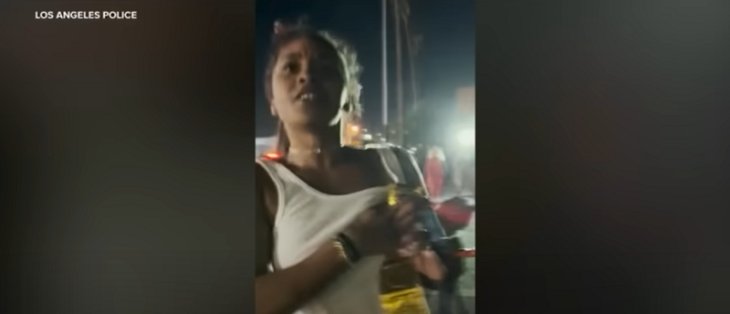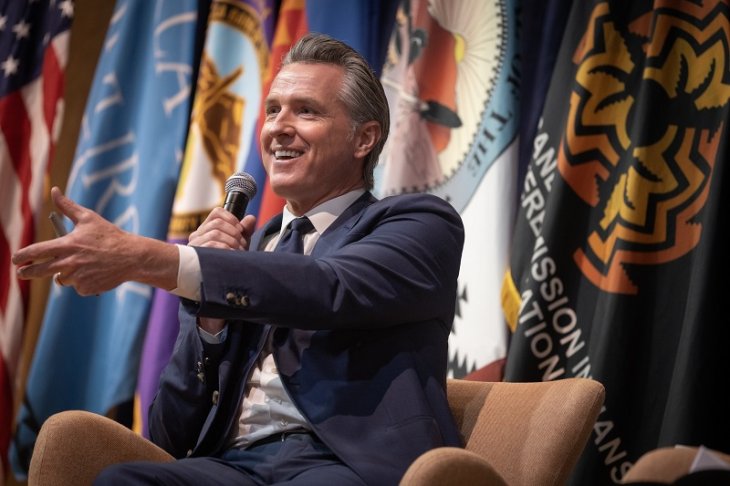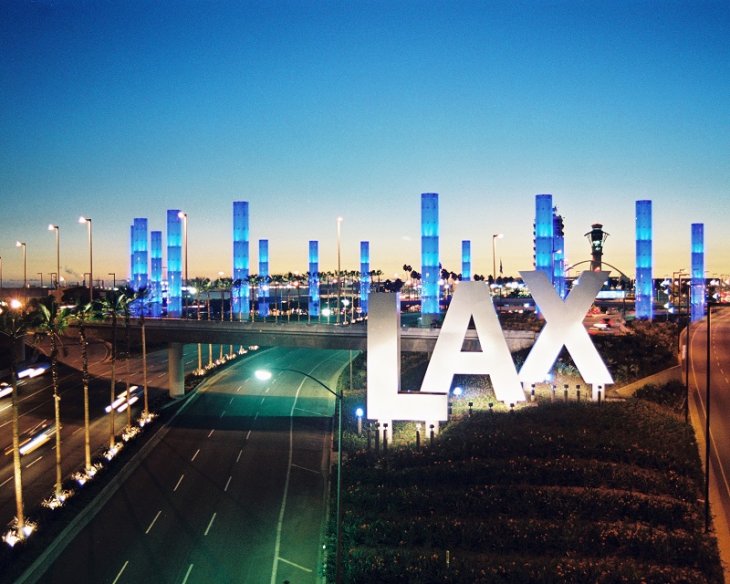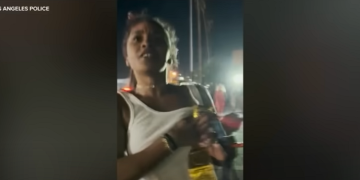By Daniel Jansenson
Park your car at Santa Monica Place. If you forget its location, you can use a “find your car” kiosk to type-in the car’s license plate. The kiosk will then display the car’s location on a map, along with a photo. Cameras and computers keep track of every car entering and leaving the structure.
Where is that information stored and how secure is it? Several years ago I contacted the City of Santa Monica and the parking management company with these questions, but to no avail.
Our lives are made more convenient all the time by companies and organizations that provide services and then gather data about our activities. Most of us accept this bargain. The cost seems minimal, the benefit welcome, and the intrusion barely visible. But as more of our lives get tracked and measured, the security of the data that is gathered, and the purposes for which it is used, become increasingly important. The recent scandals with Facebook and Cambridge Analytica are extreme examples of this problem.
In the past, private businesses and government gathered data separately. But today we’re beginning to see pressure to combine these public and private efforts, the beginnings of a sort of cooperation. One small local example: at a recent public meeting, an official with a popular and well-known electric-scooter rental business is said to have stated that the company shares data with Santa Monica City Hall. What data? He wouldn’t say, apparently (both this official and the City Manager’s office didn’t return our calls).
Another example: at a recent Santa Monica City Council meeting, an advocate for reducing the use of automobiles suggested to members of City Council, the notion of installing license-plate readers in all of the City’s parking structures to identify drivers who move their cars from one structure to another before their free 90 minutes are up. The technology is there. But the intent can evolve, as we see.
Now, these may appear to be small and insignificant examples. Who cares if they read our license plates? But they suggest an increasing pressure to use data that is, in fact, already being assembled. And as technology improves and penetrates more deeply into our physical environment, more information about us becomes available to private companies and the city’s government. Its impact may be multiplied if they share the information. Soon we may have wireless water meters. Will the information be secured, or available to any person who wants to know when the owners are away? What will happen when the City rolls out broadband internet service to many more residents – will their internet habits be kept private? What about our movements around the city – will they be tracked as we park in different places, or use those nifty electric scooters? The scooter company can already obtain private information about its users, not only from its app, but also from many online sources such as blogs and social media (as it explains on its Privacy web page). They are willing to sell their data to third parties. Will they share that information with the city – or vice versa? Individually, these bits of data may not be particularly worrisome. But when they are combined with other information – some of it from the outside–a more invasive picture emerges.
It is unclear, already today, what information is gathered by the City, what is done with it, who it is shared with and how safely it is being guarded by those to whom we entrust our safety. There is no Department of Data Transparency in City Hall.
Now, this is not to suggest that in real life our city government assembles information with bad intentions – far from it. But how this information is used is critically important.

Next week in Part 2: what City Council (and City Manager) can do to help preserve information privacy in Santa Monica.
Daniel Jansenson is an Architect, Building and Fire Life-Safety Commissioner.
SMa.r.t. (Santa Monica Architects for a Responsible Tomorrow) Daniel Jansenson Architect, Building and Fire Life-Safety Commissioner, Samuel Tolkin Architect, Robert H. Taylor AIA, Ron Goldman FAIA, Thane Roberts AIA, Mario Fonda-Bonardi AIA, Planning Commissioner, Phil Brock, Arts Commissioner.




















